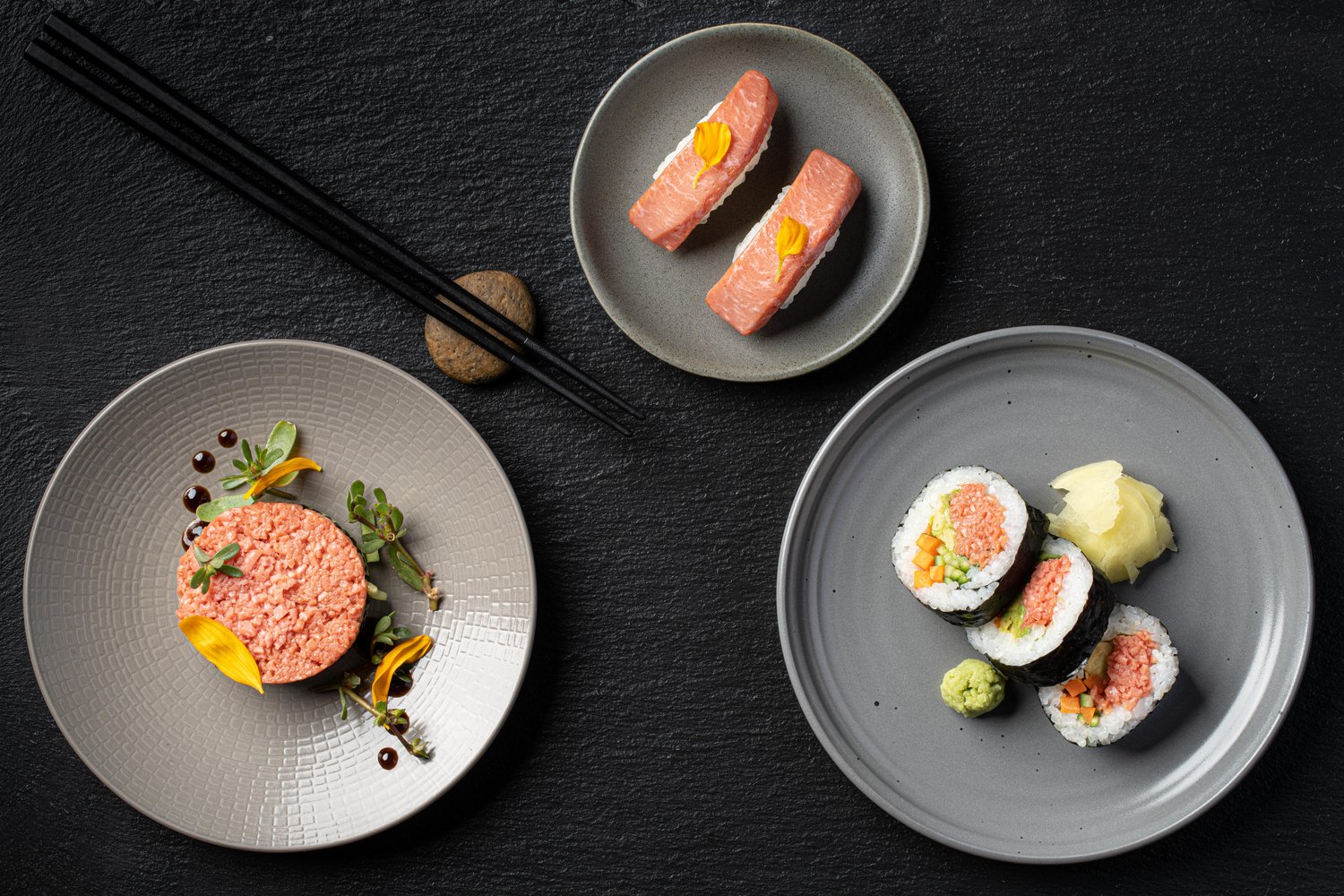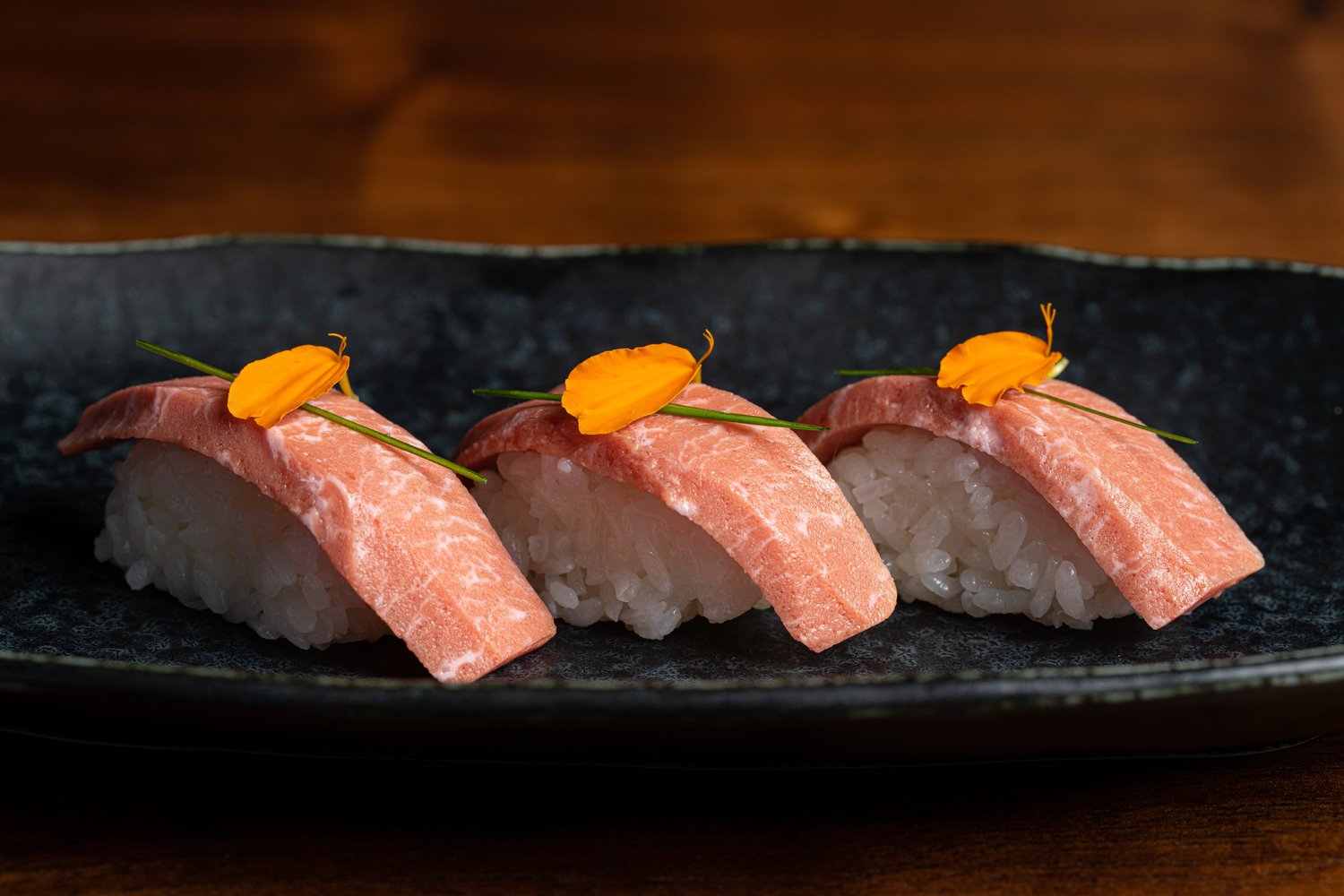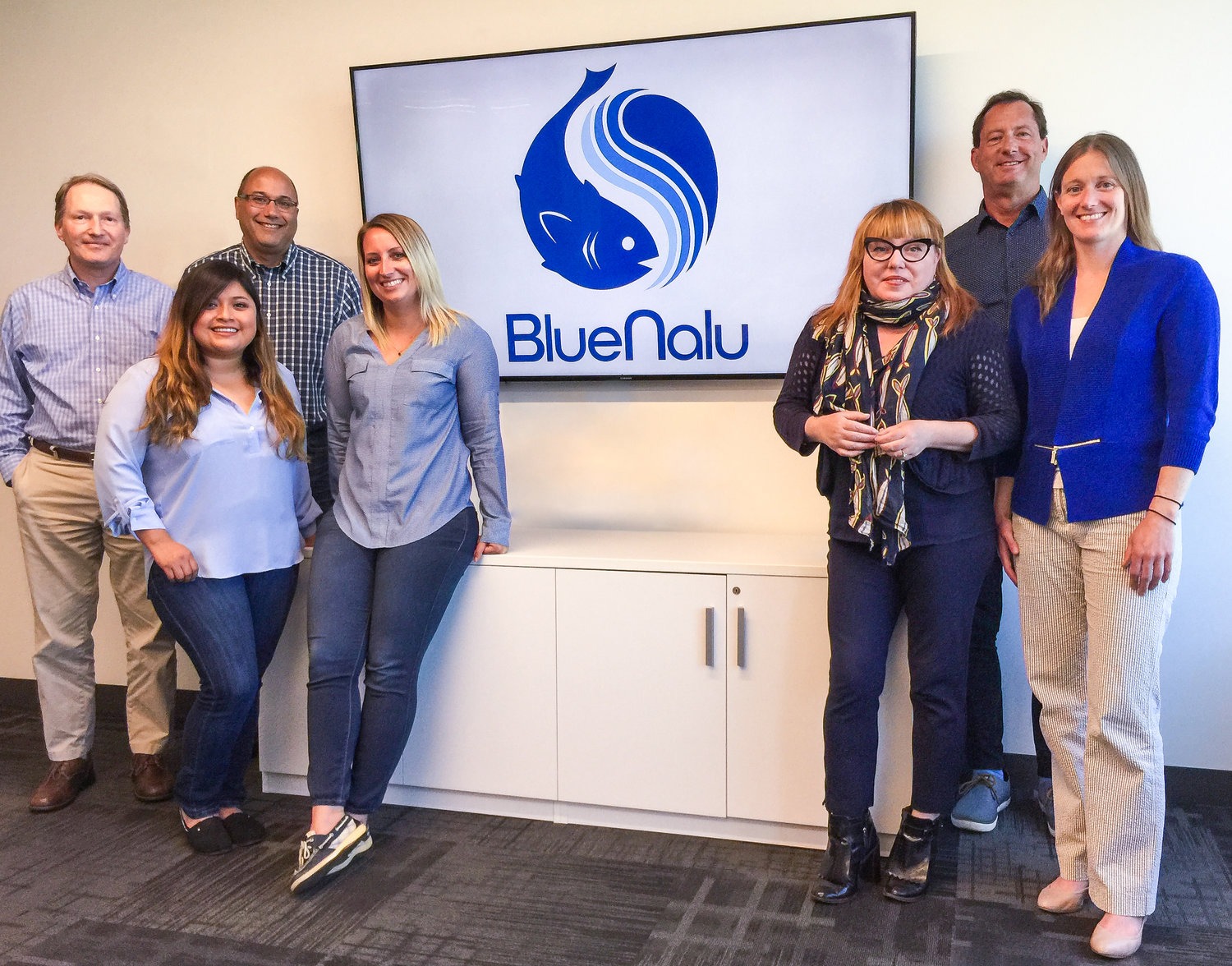Bluefin Tuna Toro (cell-cultured seafood)
Food technology
Addressing the environmental impact of traditional seafood production and consumption, including overfishing, habitat destruction, and pollution.
Contact

BlueNalu, Inc.
Company Established Year
Who is this solution for
Info
Available

Project Status
Looking to expand internationally
Doing business in
Awards
Series B funding for Cultivated Toro Platform
$33.5 M raised to scale premium bluefin tuna toro, reinforcing investor confidence in sustainability and market potential.
Member of the National Fisheries Institute
First cell-cultured seafood company to join, reinforcing industry recognition.
Selected Participant in UK FSA Regulatory Sandbox
Recognized for demonstrating safety and innovation in cultivated products.
Product description
Bluefin Tuna Toro by BlueNalu is a revolutionary solution in the seafood industry, offering a sustainable and ethical alternative to traditional tuna harvesting. Through cell-cultured technology, this premium culinary-grade seafood product is cultivated from fish cells, replicating the rich texture and buttery flavor of traditional toro.
Produced in controlled bioreactor facilities under scalable, food-safe conditions, Bluefin Tuna Toro starts from isolated fish muscle cells that are nurtured in nutrient-rich culture media. The cells are then proliferated and processed into clean, whole-muscle cuts without the use of antibiotics, GMOs, marine-based scaffolds, or animal harvesting.
The result is sushi-grade tuna toro that delivers authentic taste and mouthfeel, free from ocean-sourced contaminants like microplastics, mercury, and pathogens. This innovative approach not only ensures a reliable supply and consistent quality for chefs, restaurants, and fine-dining retailers but also offers traceable origins, bridging culinary tradition with sustainable technology.
By choosing Bluefin Tuna Toro, consumers can indulge in luxury seafood with environmental and ethical confidence, knowing that they are supporting the preservation of wild tuna populations, improving food security, and contributing to resilient oceans.
Key characteristics and environmental benefits
- Cell-cultured seafood cultivated from fish cells
- Replicates the rich texture and buttery flavor of traditional toro
- Produced in controlled bioreactor facilities under scalable, food-safe conditions
- Nurtured in nutrient-rich culture media without antibiotics, GMOs, or animal harvesting
- Delivers sushi-grade tuna toro free from ocean contaminants like microplastics and mercury
- Offers reliable supply, consistent quality, and traceable origins for chefs and retailers
- Bridges culinary tradition with sustainable technology
- Supports preservation of wild tuna populations, food security, and resilient oceans
- Provides luxury seafood with environmental and ethical confidence
About the Company
Ask about Bluefin Tuna Toro (cell-cultured seafood)
Hi there! I’m here to help you quickly understand what this green solution is about — without needing to read the full page.
You can ask me things like:
- What problem does it solve?
- How does it help the environment?
- What makes it different?
Let’s explore together!
You can try asking:
Oops, it seems like you're not a member.
Sign up! It's free. You'll be able to read all the articles you like, download PDFs, and get in contact with the respective owners.
Have an account already? Sign in here



